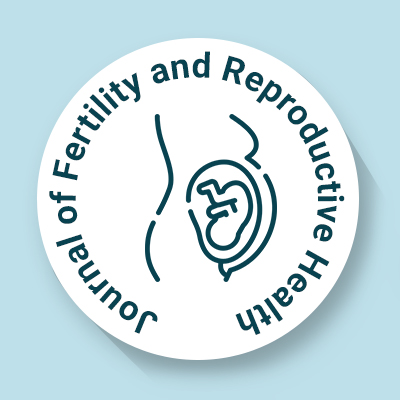
Journal of Fertility and Reproductive Health
OPEN ACCESS

OPEN ACCESS
.jpg)
1Department of Gynecology and Obstetrics, St. Michael's Hospital, Canada
2Department of Gynecology and Reproductive Sciences, Yale University School of Medicine, USA
3Department of Gynecology, University of Cagliari, Italy
Minimally invasive gynecologic surgery (MIGS) has revolutionized the operation of colorful gynecological conditions, offering significant advancements over traditional open surgery. crucial inventions similar as laparoscopic, robotic- supported, and single- harborage ways have advanced surgical perfection, reduced recovery times, and minimized complications. Robotic- supported surgery, in particular, has enhanced dexterity and visualization, easing complex procedures with bettered issues. likewise, the integration of 3D imaging and stoked reality offers surgeons more navigation and delicacy. Despite these advancements, challenges remain, including the high cost of technical outfit, limited availability, and the steep literacy wind associated with new technologies. Training and skill development are critical to ensure optimal case issues, yet difference in training vacuity persist. also, the operation of MIGS to more complex or high- threat cases remain a challenge. As the field continues to evolve, ongoing exploration, bettered training programs, and cost-effective results will be essential in expanding the reach and benefits of minimally invasive ways for gynecologic surgery.
1Department of Gynecology and Obstetrics, St. Michael's Hospital, Canada
2Department of Gynecology and Reproductive Sciences, Yale University School of Medicine, USA
3Department of Gynecology, University of Cagliari, Italy